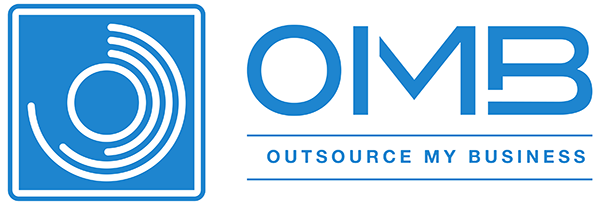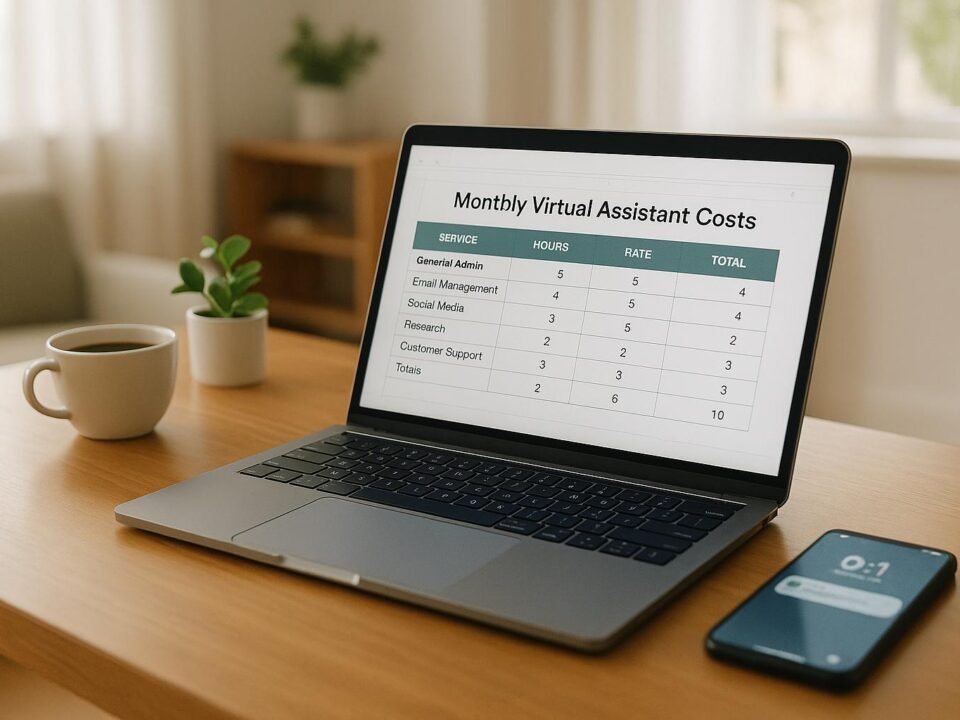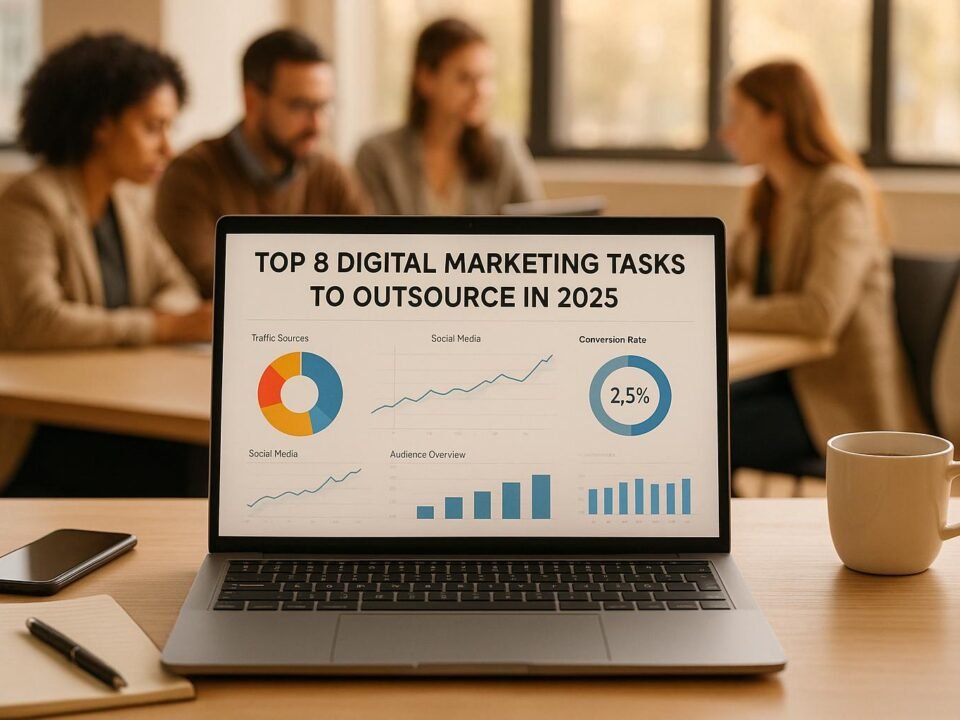Looking to cut costs in 2025? Hiring remote Filipino virtual assistants (VAs) could save your business up to 70% compared to local Australian staff. Here’s a quick breakdown:
- Remote Filipino VAs: Pay AUD 10–20/hour with minimal overheads. No need for office space, superannuation, or utilities.
- Local Australian Staff: Costs start at AUD 27.50–45/hour plus mandatory benefits like 12% superannuation, Medicare levy, and office expenses.
Quick Comparison
| Cost Component | Remote Filipino Team | Local Australian Team |
|---|---|---|
| Base Salary | AUD 10–20/hour | AUD 27.50–45/hour |
| Mandatory Benefits | Not applicable | 12% Superannuation, Medicare, etc. |
| Office Space | Not required | AUD 485–1,025/sqm annually |
| Equipment | Provided by employee | AUD 2,500–5,000 per workstation |
| Utilities | Not applicable | AUD 200–400/month per employee |
For example, hiring a full-time remote VA at AUD 16/hour costs AUD 31,616 annually, compared to AUD 106,800 for a local staff member. This guide explains the costs in detail, helping you decide the best option for your business.
How Much Does a Philippines Virtual Assistant REALLY Cost …
1. Remote Team Costs (Filipino VAs)
Australian businesses hiring Filipino virtual assistants (VAs) need to understand the full range of costs involved. Here’s a breakdown of the main expense categories and typical 2025 market rates.
Base Compensation
The table below outlines typical hourly rates and monthly salaries for Filipino VAs based on experience:
| Experience Level | Hourly Rate (AUD) | Monthly Salary (AUD) |
|---|---|---|
| Entry-Level (0–2 years) | $4 – $8 | $600 – $1,800 |
| Mid-Level (2–5 years) | $6 – $12 | $600 – $1,800 |
| Specialised (5+ years) | $12 – $20+ | $750 – $2,250 |
These rates vary depending on the complexity of tasks and the VA’s expertise.
Operational Tools and Technology
You’ll also need to budget for essential tools and software. Here are some common options and their estimated monthly costs:
| Tool Category | Popular Options | Monthly Cost (AUD) |
|---|---|---|
| Time Tracking | Time Doctor, Hubstaff | $5 – $7 |
| Payment Processing | Wise, Airwallex | 0.65–1% + flat fee |
| Project Management | Clockify | $3.99–5.99 |
Payment Processing Considerations
Platforms like Wise and Airwallex offer cost-effective ways to handle payments. For instance, Wise charges a flat fee of AUD 1.77 plus 0.65% per transfer. A monthly transfer of AUD 1,500 would cost around AUD 11.52 in fees. By comparison, PayPal charges 2% (capped at AUD 60), making Wise a more economical choice for regular transactions.
Cost-Saving Strategies
You can reduce expenses with these practical approaches:
- Full-Time Engagement: Hiring full-time VAs often lowers the effective hourly rate and ensures better workflow continuity.
- Structured Payment Systems: Use reliable payment platforms to simplify payroll and cut down on transaction fees.
- Tool Integration: Bundling software subscriptions can save money. For example, Time Doctor’s team plans start at AUD 7.75 per user per month, combining time tracking, productivity monitoring, and reporting.
Other Considerations
Additional investments like health insurance, performance bonuses, training allowances, and internet stipends can improve retention and productivity. These added costs highlight the affordability and competitiveness of Filipino VAs, especially when compared to hiring local Australian staff.
2. Local Team Costs (Australian Staff)
While Filipino virtual assistants (VAs) can help reduce expenses, hiring staff locally in Australia comes with additional costs that require thorough consideration.
For Australian employees, employers must account for mandatory benefits on top of base salaries. As of July 2025, superannuation contributions have risen to 12% of an employee’s earnings base. For instance, an employee with an annual salary of AUD 80,000 would require an extra AUD 9,600 in superannuation contributions.
| Expense Category | Cost Component | Details |
|---|---|---|
| Mandatory Benefits | Superannuation | 12% of base salary (from July 2025) |
| Workers’ Compensation | Varies by industry and state | |
| Medicare Levy | 2% of taxable income | |
| Leave Entitlements | 4 weeks annual + 10 days personal leave |
These required benefits significantly increase the overall cost of hiring local staff. Additionally, operating an in-house team involves substantial office space and infrastructure expenses.
Office and Infrastructure Costs
Renting office space in major Australian cities can be expensive. Below is a breakdown of average net face rents per square metre per year, along with typical incentives:
| Location | Net Face Rent (per sqm/year) | Incentives |
|---|---|---|
| Sydney CBD | AUD 1,025 | 22% |
| North Sydney | AUD 785 | 20% |
| Melbourne CBD | AUD 698 | 27% |
| Brisbane CBD | AUD 670 | 37% |
| Parramatta | AUD 485 | 15% |
For example, a 50 sqm office in Sydney CBD would cost approximately AUD 51,250 annually before factoring in incentives. Additional costs include outgoings such as rates, land tax, building insurance, fit-out expenses, utilities, cleaning, internet, telecommunications, and office equipment.
Additional Financial Considerations
Employers must also account for Fringe Benefits Tax (FBT), which is charged at 47% on non-cash benefits provided to employees. This tax applies to perks like company cars, parking spaces, mobile phones, laptops, private health insurance, and entertainment allowances.
"It is important that tenants consider all costs, including their fit out, ‘make good’ on previous premises, agency and legal fees, and other ancillary costs to get them up and running in their new space."
– Joel Duffy, Cushman & Wakefield Sydney office leasing executive
Tax Obligations
Employers are responsible for managing PAYG withholdings based on current tax brackets. For example, an employee earning AUD 85,000 annually falls into the AUD 45,001–135,000 bracket. This requires AUD 4,288 plus 30¢ for every dollar earned over AUD 45,000.
sbb-itb-cf56daf
Side-by-Side Comparison
Here’s a breakdown of the costs for both staffing models, clearly showing the differences:
| Cost Component | Remote Filipino Team | Local Australian Team |
|---|---|---|
| Base Salary | AUD 10–20/hour | AUD 27.50–45/hour (minimum award rates) |
| Mandatory Benefits | Not Applicable | 12% Superannuation, Workers’ Compensation, 2% Medicare Levy, 4 weeks annual leave, 10 days personal leave |
| Office Space | Not Required | AUD 485–1,025/sqm annually (varies by location) |
| Equipment | Provided by employee | AUD 2,500–5,000 per workstation setup |
| Utilities | Not Applicable | AUD 200–400 monthly per employee |
| Tax Obligations | Not Applicable | PAYG withholding and FBT management required |
To illustrate this further, here’s an example for a full-time administrative role (38 hours per week):
| Expense Category | Remote Filipino VA | Local Australian Staff |
|---|---|---|
| Annual Base Cost | AUD 31,616 (at AUD 16/hour) | AUD 85,000 |
| Superannuation | AUD 0 | AUD 10,200 |
| Office Space (10 sqm) | AUD 0 | AUD 7,850 (Sydney CBD average) |
| Equipment/Setup | AUD 0 | AUD 3,750 |
| Annual Total | AUD 31,616 | AUD 106,800 |
Using PLOSA® estimates, the annual savings amount to approximately AUD 75,184, representing a 70% reduction in staffing costs.
Next Steps
Australian businesses can cut costs by moving to remote teams. With the financial benefits clear, here’s how to start transitioning your business model:
- Calculate Your Savings
Try the PLOSA® calculator to compare your current expenses – like office space, equipment, and mandatory benefits – against the costs of running a remote team.
- Work with a Trusted Outsourcing Provider
Choose a reliable outsourcing partner to handle essential tasks like payroll, health insurance, and regulatory compliance:
- Payroll management
- Health insurance arrangements
- Compliance with local laws
Outsource My Business offers services that connect you with skilled Filipino virtual assistants. They take care of recruitment, HR, and payroll, so you can focus on growing your business.
- Set Up Clear Communication Systems
Before onboarding your team, put solid workflows in place. Use tools like:
- Project management software for tracking tasks
- Video conferencing platforms for meetings
- Cloud-based systems for sharing documents
- Tools to manage different time zones
Good communication tools keep your remote team aligned and productive, boosting your overall efficiency.
Follow these steps to make the transition smooth and take advantage of the benefits remote work can bring with Outsource My Business.
FAQs
What should I consider when choosing between remote Filipino virtual assistants and local Australian employees?
When deciding between hiring remote Filipino virtual assistants and local Australian staff, it’s important to evaluate key factors like salaries, benefits, infrastructure costs, and operational overheads. These elements can significantly impact your business’s overall expenses.
Remote Filipino virtual assistants often provide a more cost-effective solution due to lower salary expectations and minimal infrastructure requirements. On the other hand, local Australian employees may offer advantages such as proximity and familiarity with local business culture, but they typically come with higher wages and additional costs like superannuation and office space.
Carefully assess your business needs, budget, and long-term goals to determine which option aligns best with your operational strategy.
What strategies can Australian businesses use to effectively manage remote teams and boost productivity?
To manage remote teams effectively and maximise productivity, Australian businesses should focus on fostering clear communication and empowering team members to make decisions independently. Delegating smaller decisions can help remote staff build confidence and free up business owners to concentrate on strategic priorities.
Creating a supportive culture that encourages learning through experience is also crucial. Allowing team members to safely learn from challenges on the job helps them develop valuable skills, ultimately benefiting the entire organisation.
What extra expenses should I plan for when moving to a remote team, aside from salaries and basic tools?
When transitioning to a remote team, it’s important to account for additional costs beyond salaries and basic tools. These may include health and wellbeing programs, professional development such as training or workshops, and performance incentives like bonuses or milestone rewards.
You might also consider expenses to foster team culture, such as virtual team-building activities, mentorship programs, or even annual company retreats. While not mandatory, these investments can significantly boost morale and productivity in a remote setup.




